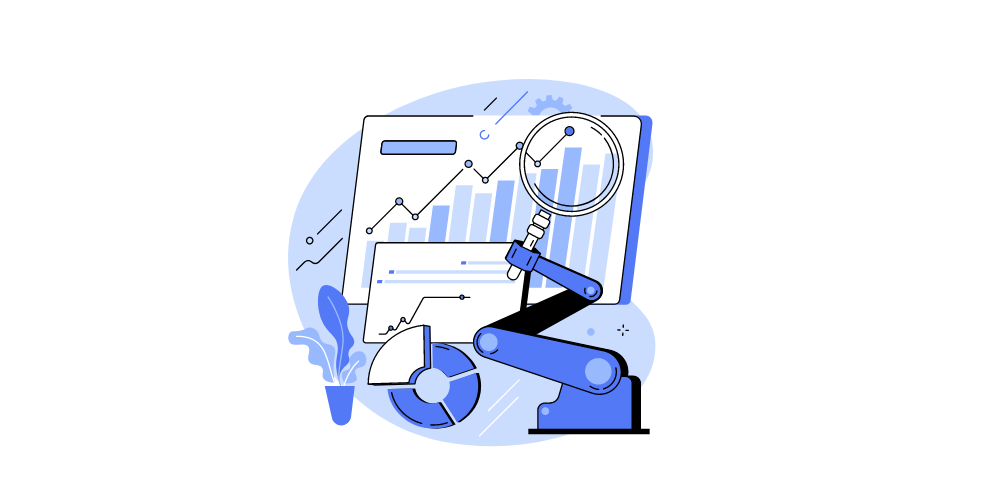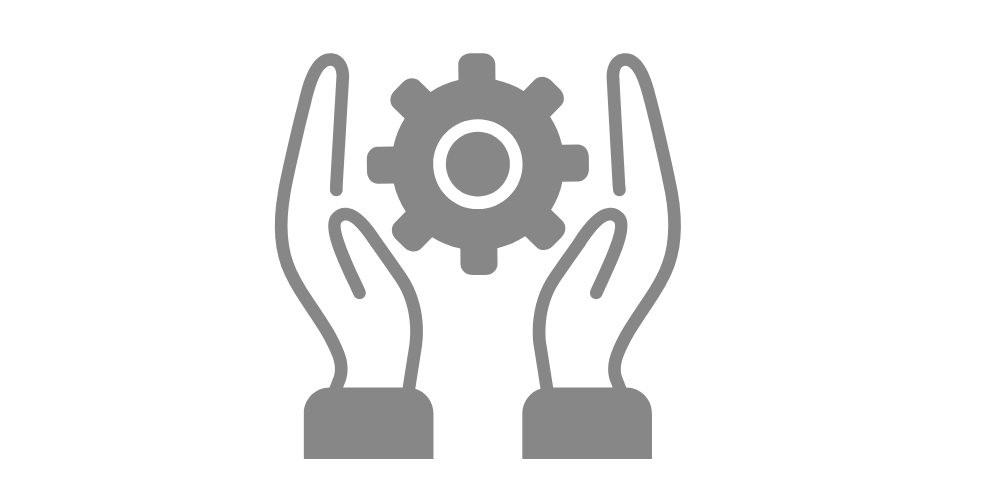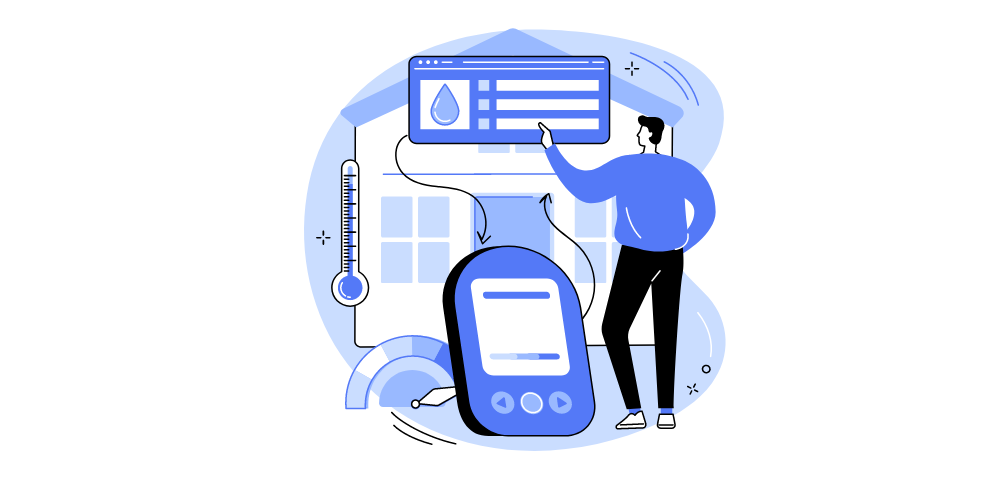The DevOps methodology for developing software strongly emphasizes teamwork and interaction between IT experts, company representatives, and software engineers. It seeks to speed up software development, lower costs, and lower risks while enhancing the overall quality of the finished goods.
DevOps Lifecycle refers to a repetitive approach to software development represented as Dev and software operations management presented as Ops as the name justifies DevOps. It reduces many problems and concerns regarding communication by delivering a more trained and educated atmosphere to both teams.
It distributes the tasks in a well-organized and best way by placing them at the initial stage of the process which supports all the members in their work. Overall, it bridges the communication gap between the development as well as the operation team by distributing or sharing duties equally.
Your organization is thinking to automate its development workflow by integrating with DevOps? Do you have any knowledge about DevOps services, their components, and their phases? If No, this blog will help you get started with DevOps by enlightening the definition, key components, and its stages in detail with some real examples to make it more clear.
If you want to adopt DevOps for your enterprise, you need to immediately hire a mobile app developer in India who will guide you with the same and create one with all the functions and features to simplify the interaction process of both teams. But before moving directly towards phases of the DevOps Lifecycle and hiring, first, you need to understand what exactly DevOps Lifecycle is.
What is DevOps Lifecycle?
A strategy used by software development teams to commercialize products more rapidly and effectively is called the DevOps Lifecycle. It’s a method of overseeing the full software lifetime, from conception through distribution, with an emphasis on cooperation between programmers and IT operations specialists. The DevOps lifecycle includes the continuous development of software, authentication, launch, and administration.
The DevOps technique encourages creative & imaginative problem-solving, flexibility, and adaptation in the development, testing, and implementation of software applications. Creativity in products, offerings, and business practices promotes a culture of innovation and ongoing development & improvement.
Phases of DevOps Lifecycle
In this parameter, we will dig into the different stages of DevOps and understand them in detail.
Plan Phase:

The DevOps Lifecycle’s Plan phase is where the development team establishes the goals and specifications for the software being developed. This phase’s goals are to define the nature of the project, develop a plan of action, and schedule the work. Teams commonly utilize Jira, Asana, or Trello during this phase to handle projects and workflows.
For example, imagine an e-commerce website’s new feature being created by a team of engineers. They construct a list of tasks and allocate them to team members using a project administration application like Jira. They also develop a project timeline with targets and due dates.
Coding Phase:

During the coding stage, the programmers will generate the code and get it ready for the following step. Developers will verify that the code is written with the project’s operations in mind and that it follows the standards brought out in the planning phase. Make sure you hire an Indian Android app developer who is well-trained to execute your DevOps Lifecycle.
Test Phase:

The software product is examined for performance and quality throughout the testing process. This stage makes sure the program complies with the specifications and is error-free. To make sure the program adheres to quality requirements, developers employ a number of testing techniques, such as unit tests, integration tests, and acceptance tests.
At this DevOps Lifecycle phase, teams will likewise test for edge-case and corner-case problems. While a “corner case” arises when several conditions occur, an “edge case” is an error or bug that merely appears in an extremely rare operating situation.
Release Phase:

The code is verified as deployment-ready, and a final review for production preparation is completed, at which point the release process begins. If all requirements are met and the project has been extensively tested for errors and other issues, it will then go on to the deployment phase.
Deployment Phase:

Software deployment to the manufacturing environment takes place during the Deploy phase. The software is deployed during this phase to a network or cloud platform. Additionally, it includes setting up the atmosphere and confirming that the program functions properly in the production setting.
Operate Phase:

In the Operate phase, the software product is monitored in the production environment. This step guarantees that the program is working efficiently and that it is accessible to end users. It entails monitoring data regarding performance, finding issues, and addressing them.
The development team monitors the computer program in its manufacturing setting using tools such as Nagios and Splunk. They track performance parameters such as CPU utilization, memory utilization, and network traffic. In addition, they identify and fix problems as they develop.
Monitor Phase:

The Monitor phase entails analyzing the software product’s performance data. During this phase, measurements and logs are used to discover opportunities for development and optimization. It also entails incorporating feedback from customers in order to enhance the software solution.
To analyze performance data, the programming team employs tools such as Grafana and Kibana. They use measurements like response time and mistake rate to discover opportunities for improvement and optimization. They also use user comments to improve the software.
Success Key Components of DevOps
The DevOps lifecycle improves the methods of development from beginning to completion while also engaging the organization in ongoing development, leading to speedier delivery times. The above phases are broken into the seven stages or also called the seven C’s of the DevOps Lifecycle which are as follows:
Continuous Development:
The planning and coding of software is the main role of continuous development. In this process, the whole procedure of development is divided into small steps or cycles which helps the software developers to speed up the complete software development process. This DevOps Lifecycle phase is critical for outlining the objectives for the whole development cycle, allowing developers to fully comprehend project requirements. As a result, the DevOps team begins to interpret its ultimate aim.
Continuous Integration:
This is the executive process consisting of various steps that are related to testing. Also, continuous integration entails information given by the clients regarding the new features that need to be added to the software. A large number of changes occur in the source code (the process of code maintenance) and these frequent changes are handled by the Continuous Integration phase. The process of creating code involves unit, integration testing, review of code, and packaging. As developers make countless changes, they can instantly catch the bugs or issues and resolve them immediately.
Continuous Testing:
The next DevOps Lifecycle phase is testing in which you will find and remove the errors & issues that might be there in the code. Here, quality analysis plays a vital role in checking the application’s working and usability. This is the essential phase as the successful project depends on whether the client is satisfied with the results or not. Various organizations perform continuous testing before integration, while others perform it afterward. In this phase, quality analysts continually inspect the application for flaws and bugs using Docker containers.
Continuous Deployment:
The deployment phase is an extremely significant and active phase in the DevOps lifecycle, in which the completed code is deployed to servers used for production. Configuration management is used in continuous deployment to enable accurate and seamless code distribution on servers. Developers deploy code to servers and execute changes and upgrade them during the production phase, ensuring continuous deployments.
Continuous Monitoring:
The main goal of continuous monitoring is to optimize the productivity of the application software. It can be called the operation phase as well. This phase tracks the implementation of the app and involves the processing of critical information about the generated app. Continuous monitoring allows developers to find common trends and uncertain areas in the program that require additional attention.
Continuous Feedback:
Feedbacks are the key to improvements. Continuous feedback was executed to get the information and improve the application software. This helps in tuning the current versions as well as the new releases considering the client’s continuous feedback and implementing them in an organized or unstructured way whichever company prefers. Feedback through survey forms or questionnaires can be included in an organized manner while using social media platforms can be an unstructured manner of obtaining feedback.
Continuous Operations:
The final component of the DevOps lifecycle is the quickest and most straightforward. Continuity is at the center of all DevOps operations, allowing developers to automate release procedures, discover errors promptly, and generate upgraded versions of applications. Continuity is essential for removing distractions and other additional processes that limit progress.
Top Benefits of DevOps Lifecycle:
The benefits of the DevOps Lifecycle that ultimately results in an increase in happy clients are listed below:
- More effective and quick product delivery.
- Lower complexity and more rapid solving problems.
- Improved adaptability and accessibility.
- Operating settings that are more reliable.
- Improved utilization of resources.
- More Creativity & enhanced automation.
- Increased transparency into system results.
How Much Does It Cost To Create Dating Apps Like Bumble And Hinge?
Wrapping up
Beyond any uncertainty, DevOps has marked its beginning in the digital era of software development by ensuring the finest possible standards for software solutions. The primary purpose of DevOps lifecycle oversight is to maintain everything functioning effectively and without interruption. All this depends on how well your programmers, developers & testers work, for that you need to hire a dedicated app developers team in India for your software development to obtain a high-quality product with a creative UI and great User experience.
FAQs
Write 5 principles of the DevOps Lifecycle.
Following are the 5 principles of DevOps:
* Collaboration
* Automation
* Continuous Improvement
* Customer-centric action
* Development keeping in mind the end product
What is the full form of DevOps?
DevOps is actually a portmanteau which means merging two different words. In DevOps, Dev is the short form of development and Ops is the short form of Operation. Together they are an integration of equipment and practices that enable an organization to implement and serve clients with the best products with higher quality and faster service.
Which are the fundamental phases of the DevOps Lifecycle?
* Planning
* Development
* Testing
* Deployment
* Monitoring



